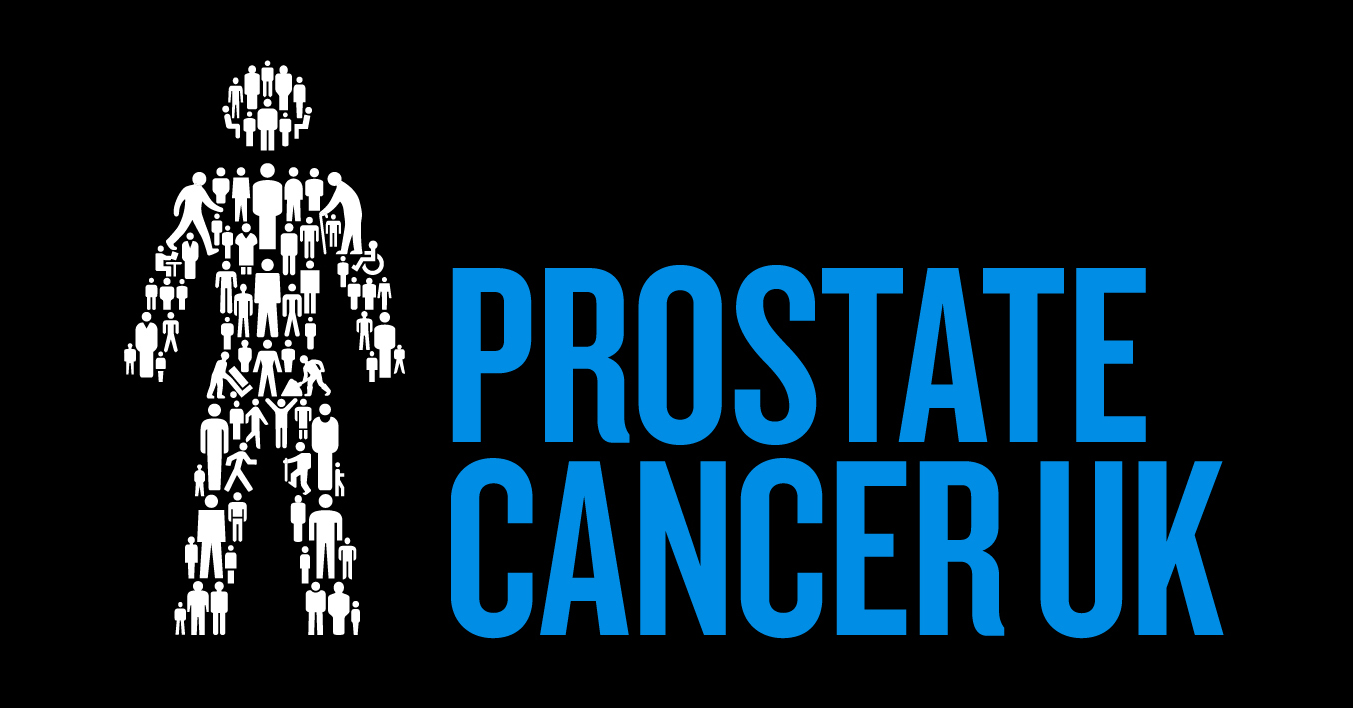
It is sometimes difficult to know how to complete all the legal requirements and to understand what they all are. Here is a quick guide to help you understand a risk assessment better.
What are they?
A risk assessment is essentially a form that helps identify the actual and the potential risks that could happen in your workplace. Their main purpose is to highlight any risks and to weigh up whether you have taken enough precautions, or should do more to prevent harm.
The Health and Safety at Work, etc Act 1974 requires employers to: Ensure, as far as is reasonably practicable, the health, safety and welfare at work of all employees
They are a very important step in protecting your workers and your business, as well as complying with the law.
Do’s:
- Write a policy. This will let your employees know about your commitment to health and safety
- Pick a competent employee to help you. This can be one of your employees or someone from outside your business
- Walk around your workplace to see the risks yourself. You will be able to see exactly how people undergo their daily tasks and if there are any potential risks
- Ask employees. You might not see what they do or they might have experienced some risks before
- Look through previous accident or illness records. These might have been caused by risks that are still likely to happen in your workplace
- Think both short and long term. Risks might not just affect people in the short term, a certain task might have risks in the future
- Record your findings. Writing down the risks lets you show your employees so they can understand them as well as allowing you to review your findings at a later date
- Date your findings and the changes needed. You can then look at this later and see if the changes have made any difference.
Don’t:
- Over complicate things. The risk assessment for does not have to be a long complicated process, just note the risks and the steps being taken to reduce the likelihood of them happening
- Forget to do a risk assessment. Make a date to complete the process each year
- Muddle along. If you feel stuck ask for help, there are many different channels to get help from
- Brush risks under the carpet. No matter how insignificant a risk might seem you still need to make a note of it and set up precautions to stop the risks.
Examples of what we can do for you
- Health & Safety Audit
- Risk Assessments
- Manual Handling Assessments
- COSHH Assessments
- Fire Risk Assessments
- Fire Safety
- Method Statements
- Staff Handbook







